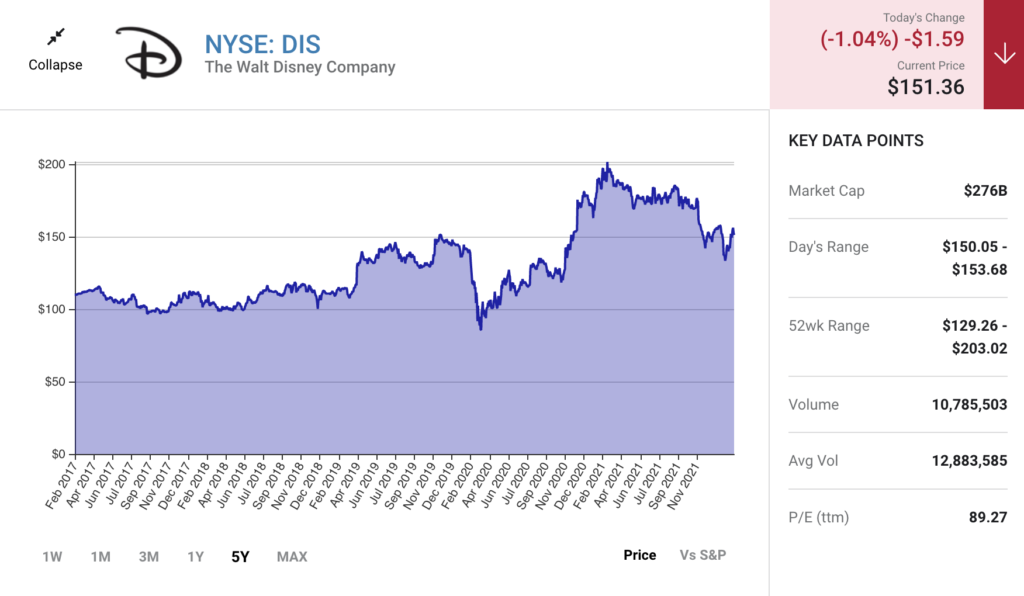By Keith Noonan
Will this year set another record at the global box office?
Source: Fernando de Sousa via Flickr
The movie industry is going through some major changes, and for the most part, the overall climate is favorable for companies, including Disney ( DIS -1.04% ), Time Warner ( TWX ), Comcast ( CMCSA -0.28% ), and Twenty-First Century Fox ( FOX ) ( FOXA ). The record global box office haul of $38.2 billion in 2015 set big expectations for this year, and it looks like 2016 is on track to deliver once again thanks to these developments.
Growth in China and other markets is changing the game
The past decade has seen no shortage of doomsday scenarios put forth for the box office, but the threats from piracy and online streaming services have yet to play out in global ticket sales. That’s partially because worldwide performance has masked domestic box office totals that have been relatively stagnant over the past five years, with increases in ticket prices making up for a decline in ticket volume. It does seem probable that a wider range of entertainment alternatives is contributing to the lack of domestic box office growth.
Meanwhile, growth in China and India is exploding, with the former country expected to become the world’s biggest film market in 2017. The Chinese box office totaled more than $1 billion in February, surpassing American ticket sales of roughly $800 million. Last year, the Chinese box office grew nearly 50%.

Chinese companies are also buying up entertainment assets. In 2012, the Dalian Wanda Group acquired AMC, and the theater chain is now angling to buy rival Carmike for $1.1 billion. The Dalian Wanda group also recently purchased a controlling stake in Legendary Pictures, a move that puts it in very good shape for global film distribution.
The domestic market is still central to the movie industry, but most of the growth is happening internationally, and this year will continue to see film totals lifted by rising tides in China and other emerging markets.
Movie universes are expanding
The expanded film universe format popularized by comic book adaptations has become one of the core content strategies of the biggest film studios, and 2016 could be the biggest year on record for superheroes and other expanded universes. This year will see the release of six big budget superhero movies, more than ever before, and the unfolding worlds of franchises such as Star Wars show that planning for spin-offs and tie-ins is becoming essential to tent pole releases.
Fox’s recently released Deadpool is a spin-off of the X-Men universe and the first blockbuster hit of the year. May will see the release of the company’s superhero ensemble X-Men: Apocalypse. Fox was also planning on releasing Gambit in early October, but it has removed the picture from its 2016 slate and announced two untitled Marvel films for 2017.
Time Warner’s comic book movie universe finally kicks into high gear this year with Batman v. Superman and Suicide Squad representing the first two entries in the 11 DC Cinematic Universe films planned through 2020. Meanwhile, Disney has Captain America: Civil War launching in May, which will introduce characters including Black Panther and Spider-Man into the Marvel Cinematic Universe. This year will also see the release of MCU-film Doctor Strange and Rogue One: A Star Wars Story, the first of many spin-offs planned in the galaxy far, far away.
Sony will attempt to use Spider-Man’s appearance in Disney films to build a successful foundation for its own expanded franchise built around its most valuable comic book license. The company has a film based on the rebooted webslinger on track for release next year. Sony is also reportedly looking to its upcoming Ghostbusters reboot as a launching pad for connected spin-off films and has confirmed a crossover between its Men in Black and Jump Street properties. Even Comcast’s Mummy reboot starts filming this year and will kick off the company’s monster characters universe with a 2017 launch.
Blockbusters benefiting from premium formats, while smaller pictures find life online
In addition to international growth and one of the biggest movie lineups ever, a strong showing for premium formats will also work to make the total box office haul in 2016 the largest on record. Of the 34 American-produced films allowed to screen in China annually, 14 spots are set aside for movies that release in premium formats, creating extra incentive to debut major franchise pictures this way and driving average ticket prices up.
The increasing focus on big budget franchise films also looks to benefit premium formats, and the stacked release lineup should boost premium sales, particularly in Western Europe and Asian territories, where growth has been strongest.
As movie chains aim to distinguish their entertainment offerings through premium screens, smaller pictures are having a harder time standing out at multiplexes but finding ample new avenues through online distribution. Small to mid-budget movies are reaching large audiences on platforms like Netflix and Amazon Prime. These companies are pushing into original content themselves and, when combined with other favorable film industry trends, mean there is more money in the film industry than ever.
















+ There are no comments
Add yours